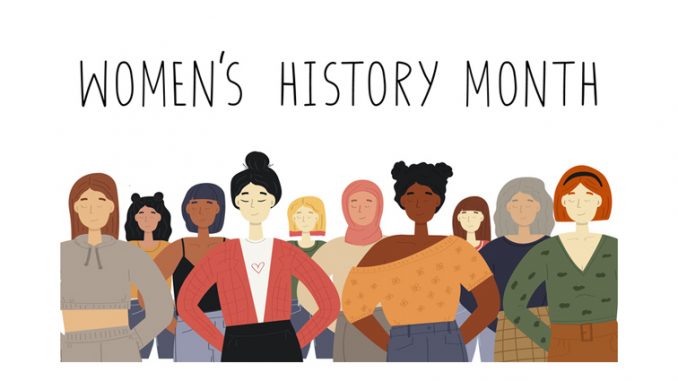
Women’s History Month is celebrated every March in the United States and in countries around the world. It’s a time to honor the trailblazers of the past—including suffragists, politicians, inventors, and artists—as well as discuss the pressing issues women face today. To understand more about why we dedicate every March to women’s history, check out the facts below.
1. NATIONAL WOMEN’S DAY STARTED IN NEW YORK.
Theresa Malkiel, an activist who served on the women’s committee of the Socialist Party of America, established the first “National Women’s Day” on February 28, 1909. She was joined by a crowd of more than 2000 at a theater in Manhattan for speeches on equal rights and some spirited singing. The 1910 installment took place at the famed Carnegie Hall.
2. THE FIRST INTERNATIONAL WOMEN’S DAY DEBUTED IN EUROPE SOON AFTER.
The need to celebrate women soon spread to Europe, and again, it was the socialists leading the way. At the Second International Socialist Women’s Conference in Copenhagen in 1910, a German activist named Clara Zetkin proposed naming a day to honor working women in Europe. (Current celebrations, she reasoned, were much too focused on the bourgeoisie.) The following year, on March 19, the first International Women’s Day was celebrated. Eventually, March 8 was chosen as the permanent date for the festivities. The date’s selection was far from random: In addition to celebrating women, March 8 also honors the anniversary of a 1917 strike that helped spark the Russian Revolution.
3. WOMEN’S HISTORY MONTH GREW OUT OF A CELEBRATION IN CALIFORNIA.
In 1978, the Sonoma, California, school district organized a “Women’s History Week” in an effort to correct the dearth of women-focused material in the existing K-12 curriculum. The week—held in March, to correspond with International Women’s Day—featured talks and an essay contest, and culminated with a parade in downtown Santa Rosa. The idea caught on, and the following year saw similar celebrations across the country.
Encouraged by their success, a group of women in Santa Rosa founded the National Women’s History Project (NWHP) two years later in order to further expand the work they’d started. Among their aims was the goal of elevating the Women’s History Week celebration to the national level. In addition to lobbying federal politicians, activists encouraged other communities to organize local celebrations and educational events. Their work quickly gained steam.
4. JIMMY CARTER WAS THE FIRST PRESIDENT TO RECOGNIZE WOMEN’S HISTORY WEEK.
In 1980, President Jimmy Carter declared that Women’s History Week would be recognized during the week of March 8 with a statement that read, in part:
“From the first settlers who came to our shores, from the first American Indian families who befriended them, men and women have worked together to build this nation. Too often the women were unsung and sometimes their contributions went unnoticed. But the achievements, leadership, courage, strength, and love of the women who built America was as vital as that of the men whose names we know so well.”
To read this article in its entirety at MentalFloss.com, click here.
